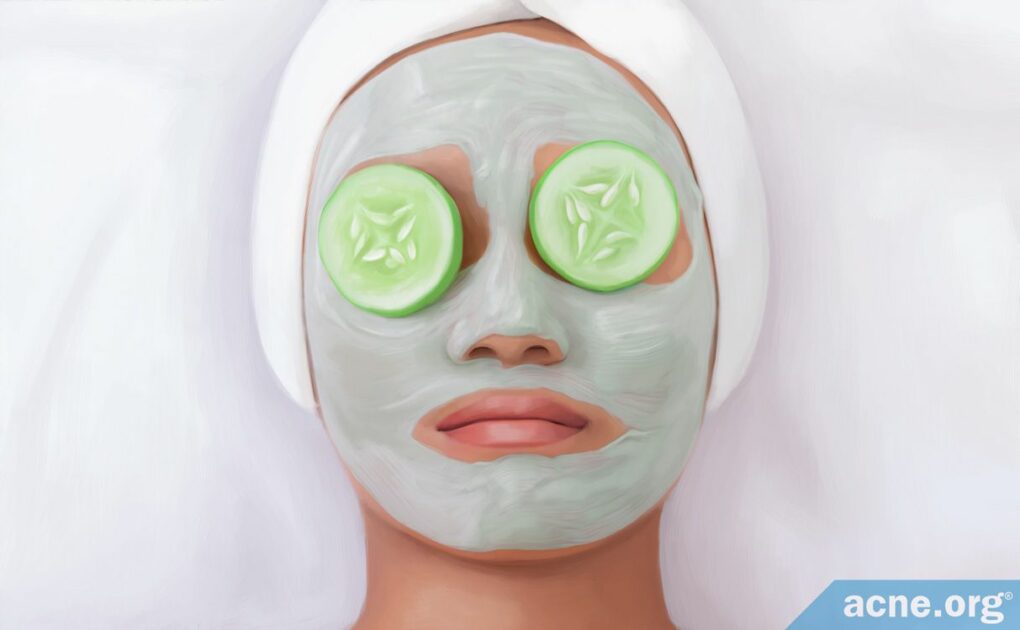Most Facials Involve Procedures that Physically Irritate the Skin, so It Is Usually Best to Avoid Them

The Essential Info
Many beauty salons and spas offer facials advertised as “for acne-prone skin.” Unfortunately, many of the procedures in such facials can physically irritate the skin, and it is well-known that physical irritation can make acne worse.
Therefore, unless you are careful to make sure the facial you sign up for does not include any procedures that may physically irritate the skin, such as application of scrubs or microdermabrasion, it is best to simply avoid them.
If you really enjoy the experience of getting a facial, it may still be safe to book one if:
- You have mild non-inflamed acne, which means you may have small white or black bumps (whiteheads or blackheads), but no red and inflamed pimples (zits)
- Your skin is not currently irritated, such as if you have a sunburn

The Science
- What Happens During a Facial?
- Acne Facials
- Exfoliation
- Manual Comedone Extraction
- Treatment with LED light
- Application of a Hydrating Mask and/or Moisturizer
- Verdict
A facial is a skin care treatment performed by a trained esthetician or cosmetician in a beauty salon or spa. Most facials claim to leave the skin looking younger and more radiant, but some facials are specifically advertised to help clear the skin for people prone to acne.1
However, the fact is that facials are problematic for most people with acne because many of the procedures physically irritate the skin. Physical irritation is well-known to make acne worse. This is especially true if you have inflammatory acne, which is acne that tends to be red and sore. The vast majority of people with acne have inflammatory acne.
However, if you only have mild, non-inflammatory acne, which is acne that is not red or sore and just shows up as tiny white or black dots on your skin, a facial might be a nice occasional addition to your skin-care routine.2
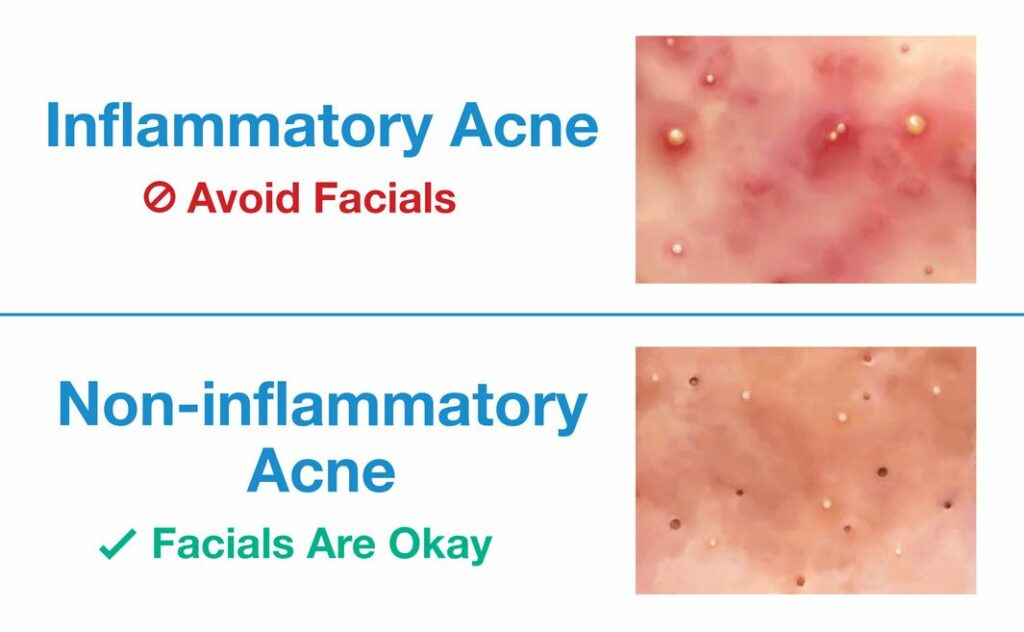
If your acne is mild and non-inflammatory, you can indulge in facials, but you still need to be careful to avoid procedures that can physically irritate your skin.
What Happens During a Facial?
A facial usually includes these steps, with some variation:
- Cleansing the skin
- Steaming the skin or application of hot towels to the skin
- Exfoliation (removal of dead skin cells) using scrubs*, microdermabrasion*, or chemical peels
- [Optional] Treatment with LED light
- Extraction of clogged pores (whiteheads and blackheads)*
- Massaging the skin*
- Application of a face mask
- Application of serums and moisturizers containing antioxidants or enzymes
*These steps can potentially irritate the skin and trigger or worsen breakouts
A facial usually lasts around one hour and normally costs between $75 and $200.
Many people undergo facials once or twice a month as an addition to their regular skin care regimen and to enjoy the pampering experience. However, as we will soon see, if you have inflammatory acne, you should probably avoid them altogether.
Acne Facials
Some beauty salons and spas offer facials specifically targeted toward acne. These facials claim to unclog skin pores, remove acne lesions, and reduce skin irritation. The salon will want you to come back for regular facials, and they promise a clearer complexion with regular treatments.
Typically, an acne facial includes the following procedures:
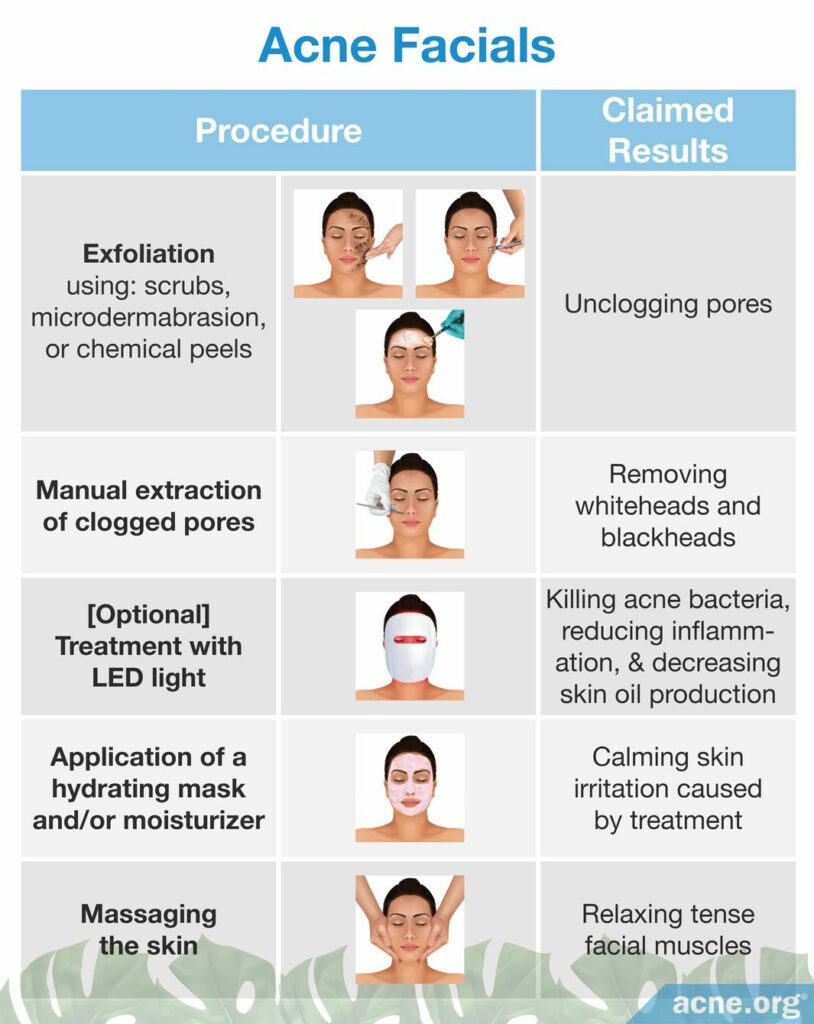
Some of these procedures also occur during facials that are not targeted specifically toward acne.
Let’s take a look at how each of these procedures impacts acne-prone skin.
Exfoliation
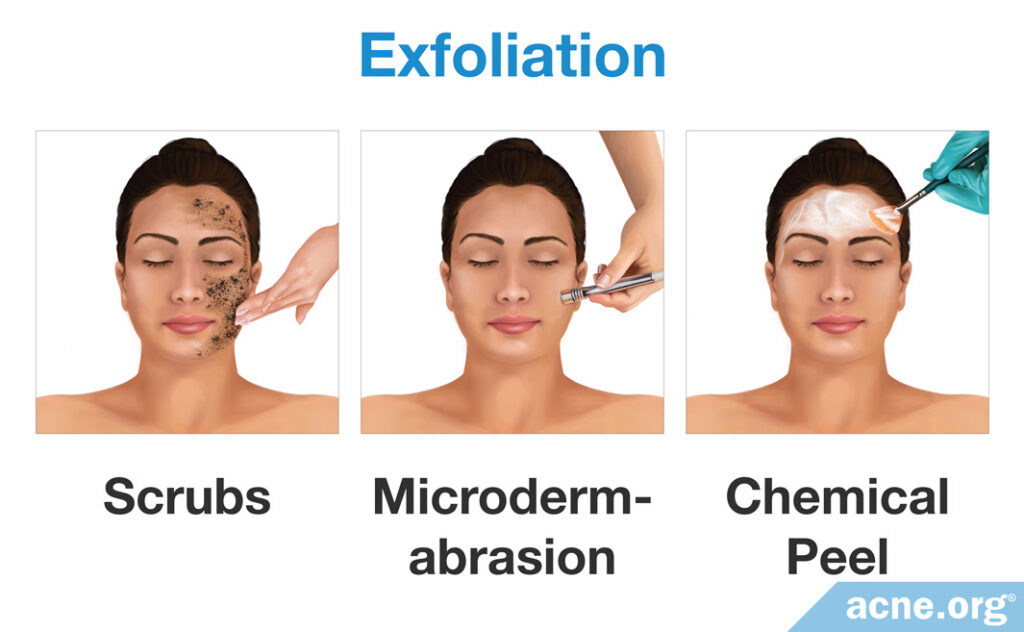
Beauty salons and spas perform exfoliation (removal of dead skin cells) in one of 2 ways: (1) physical exfoliation, and (2) chemical exfoliation.
The concept behind exfoliation is to reduce the clogging of pores, but as we will see, physical exfoliation does more harm than good.
- Physical exfoliation (irritating – avoid): In physical exfoliation, an esthetician rubs the skin using a scrub (a cosmetic product containing beads, seeds, or other rough particles) or a microdermabrasion machine (an electrical device that sprays the skin with tiny crystals) to detach dead skin cells from the skin surface.
Physical exfoliation is problematic for acne-prone skin because it can irritate the skin. It is an established fact that physical irritation of the skin can trigger or worsen acne. In fact, scientists have even coined the term acne mechanica to refer to breakouts that occur because of physical irritation. Therefore, people with acne-prone skin, and especially people who suffer from inflamed acne should avoid physical exfoliation, which can trigger or worsen a breakout.3 - Chemical exfoliation (less irritating – feel free to indulge): In chemical exfoliation, an esthetician applies a chemical peel (a mixture of chemicals containing hydroxy acids) to strip away the superficial layers of the skin. Chemical peels vary in strength, but estheticians in spas and salons can only administer so-called superficial peels, which are the mildest peels with up to 30% strength. For a stronger peel, you would have to make an appointment at a doctor’s office.
Chemical exfoliation can speed up skin turnover, which means that dead skin cells flake off quickly and are replaced with new skin cells. This can help prevent skin pores from becoming clogged. Chemical exfoliation can also improve the texture of the skin.4
To sum up, avoid facials that include physical exfoliation. However, facials that include only chemical exfoliation can be safer, and potentially beneficial.
Note: only undergo a chemical peel when your skin is not already irritated, such as if you have a sunburn.
Manual Comedone Extraction
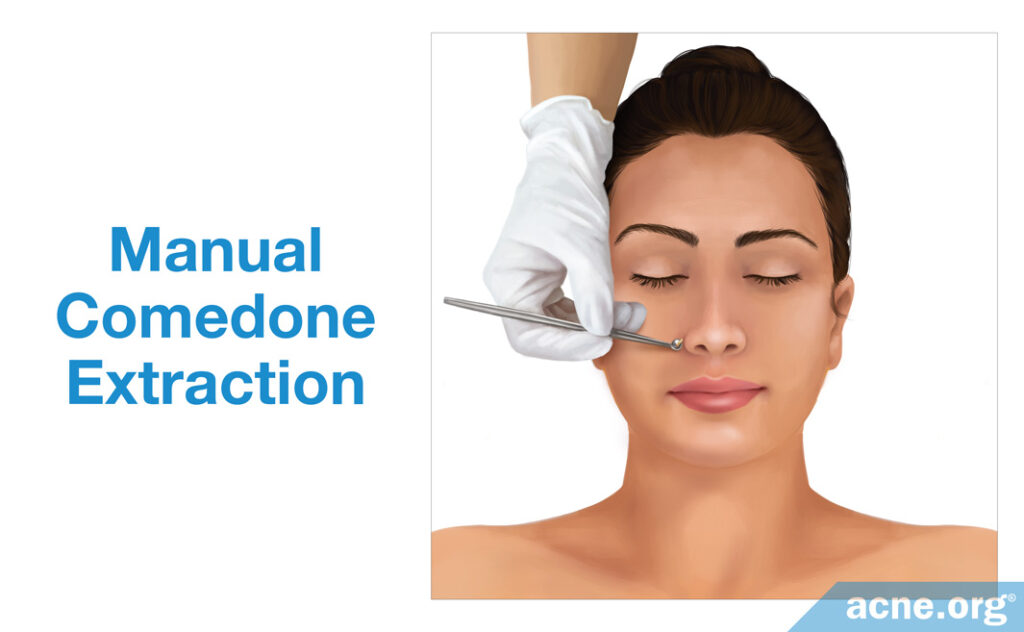
Comedones are clogged pores that look like small white (whiteheads) or black (blackheads) dots on the skin. Comedones are the mildest form of acne lesions, called non-inflammatory lesions, which means they have no redness surrounding them. The aim of comedone extraction is to remove these clogged pores before they can turn into more severe, inflamed acne lesions.
Estheticians at beauty salons and spas usually perform comedone extraction with an instrument called a comedone extractor. Whether this procedure is beneficial depends on the skill of the esthetician. When done carefully by a well-trained person, comedone extraction can be beneficial, particularly in the case of whiteheads. However, an inexperienced esthetician can trigger skin irritation, which, as we have already seen, can actually make acne worse.
In other words, only consider undergoing comedone extraction if you know the esthetician has a lot of experience. Usually if a beauty salon or spa offers a facial specifically for acne, you can be confident that the personnel is experienced in comedone extraction.
[Optional] Treatment with LED light
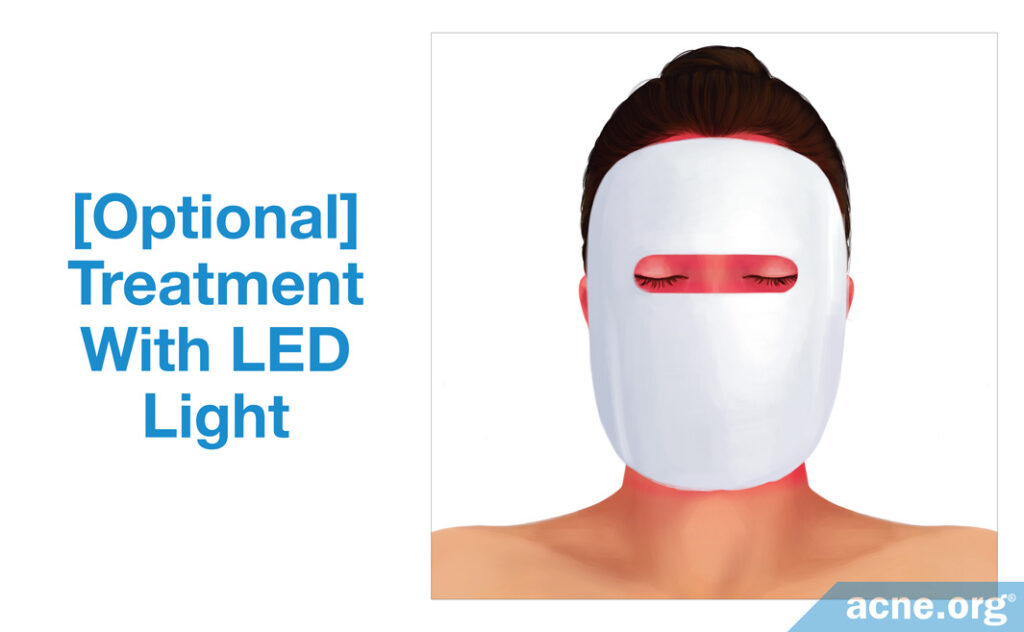
Treatment with non-laser light is often part of an acne facial. In this step, the esthetician uses a device that shines blue and/or red light over large areas of the face. Blue light can kill acne bacteria, whereas red light decreases inflammation in the skin and reduces the production of skin oil, all of which can help to improve acne.5
There is evidence that LED light therapy can decrease the number of both non-inflammatory and inflammatory acne lesions. However, in the studies that found this effect, people with acne received LED light treatment at least twice a week for multiple weeks. It is difficult to say whether getting a facial that includes LED light treatment once or even twice a month would achieve the same results.6
Application of a Hydrating Mask and/or Moisturizer
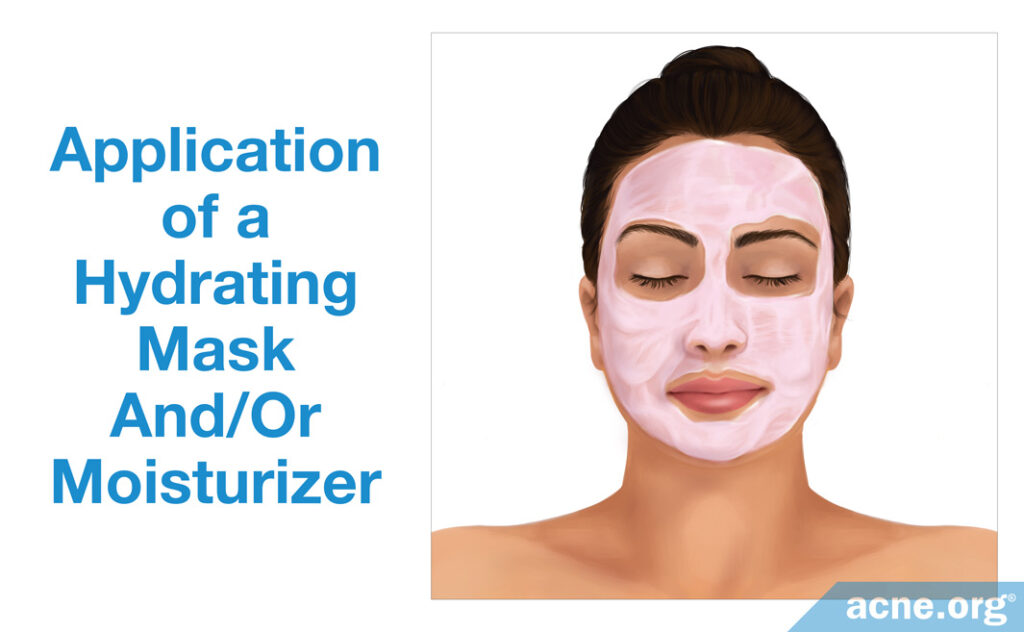
Like most facials, acne facials usually include the application of a hydrating mask or a moisturizing cream or serum. These products aim to improve dry skin and restore the so-called skin barrier.
The skin barrier is simply the outer layer of the skin, which normally protects the skin from the external environment and ensures we do not lose too much moisture through our skin. In acne, the skin barrier is often damaged, making the skin more vulnerable to drying out and to inflammation. Therefore, applying a mask or moisturizer to hydrate the skin and help restore the skin barrier can be a good idea when you have acne.7
In other words, this step in an acne facial can benefit acne-prone skin. As a bonus, many moisturizers contain additional medicinal ingredients, like antioxidants and anti-inflammatory substances. However, for the price of a facial, you can purchase several high-quality moisturizer that will last you many months.
Massaging the Skin
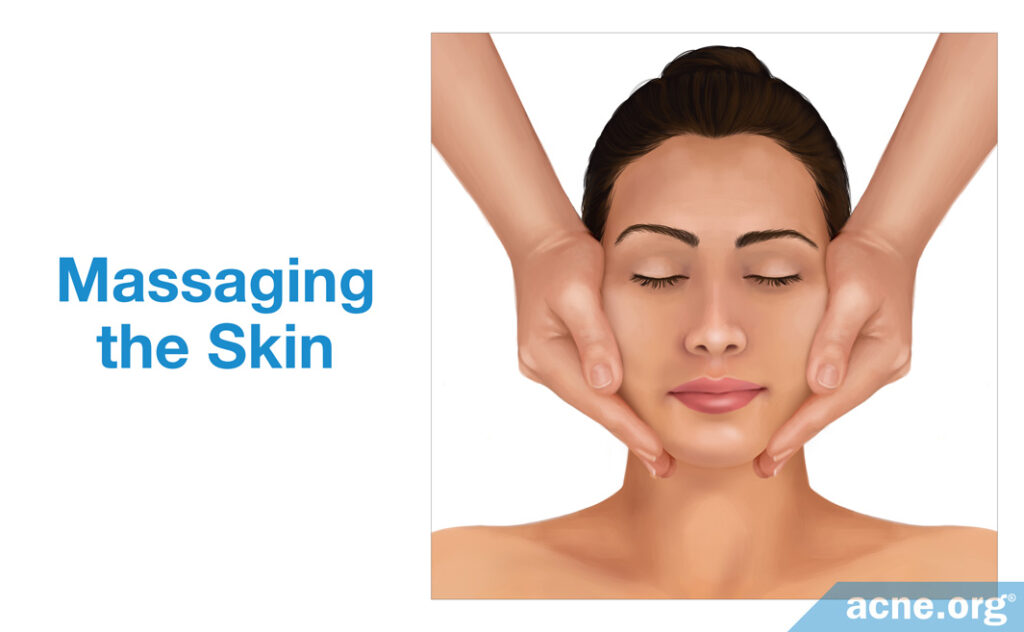
Acne facials and most other types of facials typically include a massage of the face. The massage can even extend to include the neck, upper chest, shoulders, and arms. For many people, this is an enjoyable experience that helps them relax after a stressful day.
However, if your skin is inflamed, facial massage can create physical irritation and trigger or worsen a breakout. The same is true if you have non-inflammatory acne, but your skin is already irritated, for example by a sunburn.
On the other hand, if you only have non-inflammatory acne and your skin is not irritated, feel free to enjoy the experience of a facial massage. Keep in mind that if the only reason you are considering a facial is for relaxation, there may be better options, such as a full-body massage or yoga.
The Final Verdict on Acne Facials
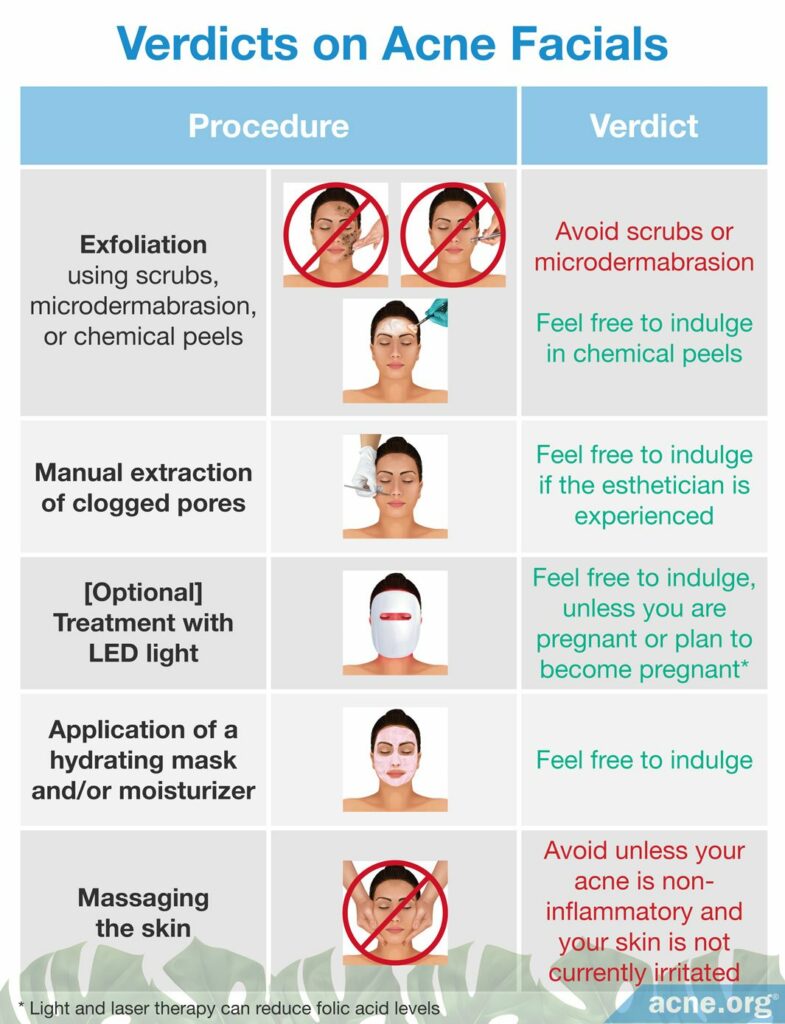
As we have seen, 2 out of 5 procedures commonly performed during an acne facial can actually make acne worse.
To sum up, it only makes sense to consider an acne facial if:
- You have mild, non-inflammatory acne
- Your skin is not currently irritated
- The esthetician is well-trained and experienced
In other words, if, like most people, you have inflammatory acne, you should skip facials. Similarly, if your skin is irritated, avoid facials.
Instead, applying an effective daily anti-acne skin care routine is much more important than an occasional facial and will help you achieve lasting results.
On the other hand, if you have only mild, non-inflammatory acne and you find facials an enjoyable and relaxing experience, a facial can be a nice addition to your regular skin care routine. Make sure to book your appointment with a licensed, experienced esthetician and find out exactly which procedures will be part of the facial. You can even request a custom facial, omitting any procedures such as physical exfoliation that could irritate your skin.
Types of facials: The full scoop
Many beauty salons and spas offer an enormous selection of facials, often with enticing names and intriguing descriptions. It can be difficult to make sense of all this variety.
In general, facials fall into two broad categories:
1. Classic facials: These facials typically bear names describing their purpose, like “Lifting Replenisher” or “Clear Skin Refiner,” and employ standard cleansing and hydrating skin care products such as lotions, masks, and creams. Similarly to massages, classic facials are pricey and are available at a wide range of salons and spas.
2. Exotic facials: These facials typically bear eye-catching names like “Vampire Facial” or “Glacial Caviar Facial” and employ exotic ingredients such as the person’s own blood, caviar, gold, placenta, or diamonds. Exotic facials can be extremely expensive, in the hundreds of dollars, and are only available at a limited number of salons and spas.
While classic facials usually include at least a few procedures that can provide short-term benefits, such as moisturization, exotic facials exist mainly for entertainment or novelty purposes. One possible exception is “vampire facials,” which might be slightly helpful in improving acne scars, but as we will see, the evidence is weak and preliminary.
Weak evidence that “vampire facials” might help somewhat with acne scars
In a “vampire facial,” the provider draws the person’s blood and then runs it through a centrifuge to extract platelet-rich plasma. This portion of the blood contains growth factors and other proteins that stimulate skin regrowth. In theory, applying these components of the blood to the skin could trigger the skin to produce more collagen, which is important for making the skin firm and supple and filling in indented scars.
So far, 3 small studies have tested vampire facials on people with acne scars:
- 2 studies found that vampire facials might help with indented scars.
- 1 study found that these facials made little difference.8-10
In general, scientists believe that more research is necessary to determine whether vampire facials will prove worthwhile for treating acne scars.11,12
We should note that since vampire facials involve drawing and handling blood, it is important to make sure the provider follows the proper health and safety measures. Otherwise, there is a risk of transferring a serious infection from one client to another. Therefore, if you decide to try a vampire facial, it is best to look for a board-certified dermatologist or plastic surgeon who offers the procedure rather than going to a beauty salon or spa. And keep your expectations realistic. It probably won’t help much.

The first study on vampire facials was published in the Journal of Cosmetic Dermatology in 2016. The study included 50 participants between the ages of 17 and 32 with indented acne scars. The participants received microneedling treatment on the whole face as well as a vampire facial just on the right side of the face. These treatments were performed in 3 sessions spaced 1 month apart. At the end of the study, the acne scars on the side of the face treated with microneedling and vampire facials had improved by 62%, while the acne scars on the side treated with microneedling alone had improved by 46%. The researchers wrote, “We conclude that [platelet-rich plasma] has efficacy in the treatment of [indented] acne scars.”8
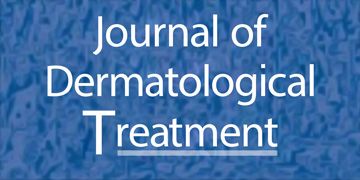
The second study was published in the Journal of Dermatological Treatment in 2018. This study included 35 acne patients who were 25 years old on average and had mild-to-moderate indented acne scars. Again, the researchers tested microneedling on one side of the face compared with microneedling and vampire facials on the other side of the face. In this case, the right side of the face received the microneedling treatments alone, while the left side of the face received skin microneedling followed by a vampire facial. Treatments were performed 4 times at intervals of 3 weeks. At the end of the study, the researchers saw significant improvement in acne scars on both sides of the face, but the side treated with microneedling alone was just as improved as the side treated with both microneedling and vampire facials. In other words, the vampire facials themselves didn’t seem to make much difference. The researchers wrote, “Both microneedling and microneedling in combination with [platelet-rich plasma] showed satisfactory results.”9
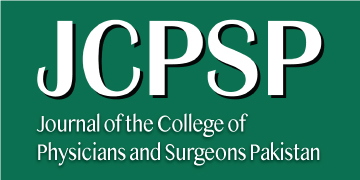
The third study was published in the Journal of College of Physicians and Surgeons Pakistan in 2021. This study included 92 people between the ages of 20 and 40 with indented acne scars. The researchers divided the participants into 2 equal groups:
- Group 1 received an injection of 1 ml of platelet-rich plasma (PRP) into the skin, which is similar to getting a vampire facial.
- Group 2 received a chemical peel containing 50% trichloracetic acid (TCA). The researchers applied the TCA using the so-called CROSS technique, which is well-known to be fairly effective for acne scars.
Both groups received treatments once a month for 3 months. The researchers compared the acne scars in the 2 groups at 3 months and at 6 months and found that those who received the vampire facials showed more improvement. The researchers wrote that vampire facials are “significantly better than 50% TCA in reducing post-acne atrophic scars.”10
What results do facials achieve?
Almost every facial, regardless of its name and specific procedures, claims to:
- Rehydrate dry skin
- Smooth out wrinkles
- Even out skin tone
But do facials deliver on these promises?
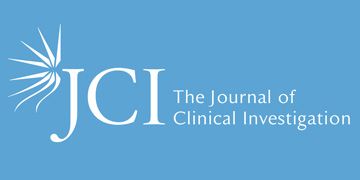
According to an article published in the Journal of Clinical Investigation in 2012, the answer is maybe, but only temporarily.13 The author of the article consulted a panel of dermatologists, who concluded that facials can temporarily improve dry skin and wrinkles. The exfoliants in facials remove dry skin flakes from the skin surface, and moisturizers temporarily hydrate the skin, which is why a facial can leave the skin looking less dry. In addition, some facials include chemical peels, which can cause minor swelling, temporarily smoothing out wrinkles.13 However, these results are short-lived and can just as easily be achieved with skin care products at home for a fraction of the cost of a facial.
The author of the 2012 article wrote, “Final lessons:…don’t bother with facials…don’t be seduced by fancy packaging and high prices.”13
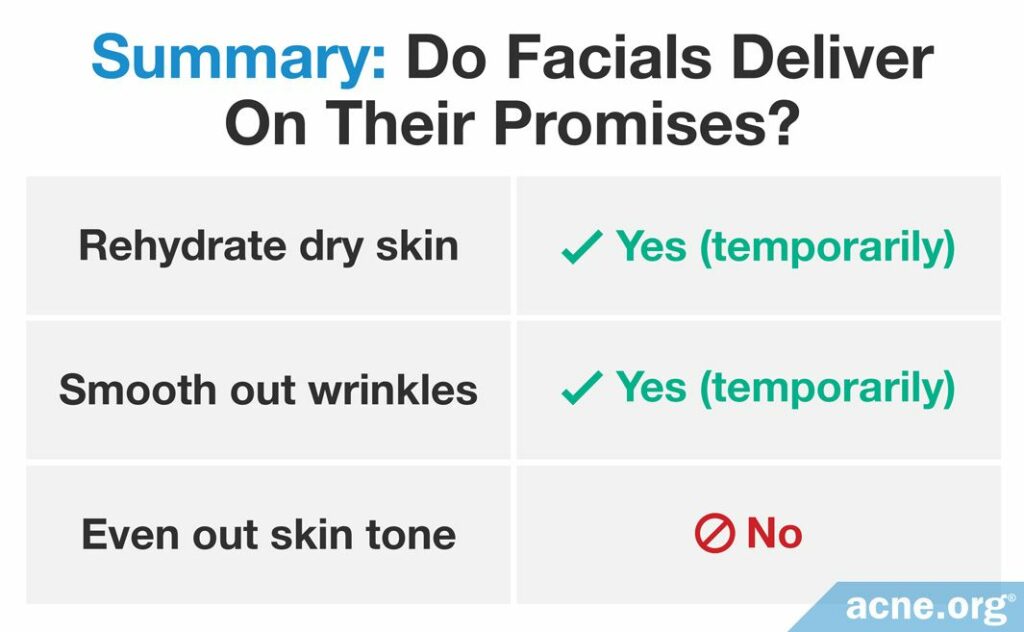
References
- Facial. Wikipedia. https://en.wikipedia.org/wiki/Facial
- Haider, A. & Shaw, J.C. Treatment of acne vulgaris. JAMA 292, 726-35 (2004). https://www.ncbi.nlm.nih.gov/pubmed/15304471
- Mills, O. & Kligman, A. Acne mechanica. Arch. Dermatol. 111, 481 – 483 (1975). https://jamanetwork.com/journals/jamadermatology/article-abstract/534895
- Dréno, B., Fischer, T. C., Perosino, E., Poli, F., Viera, M. S., Rendon, M. I., Berson, D. S., Cohen, J. L., Roberts, W. E., Starker, I. & Wang, B. Expert opinion: efficacy of superficial chemical peels in active acne management–what can we learn from the literature today? Evidence-based recommendations. J. Eur. Acad. Dermatol. Venereol. 25, 695-704 (2011). https://www.ncbi.nlm.nih.gov/pubmed/21029205
- Nestor, M. S., Swenson, N. & Macri, A. Physical modalities (devices) in the management of acne. Dermatol. Clin. 34, 215 – 223 (2016. https://www.ncbi.nlm.nih.gov/pubmed/27015782
- Na, J. I. & Suh, D. H. Red light phototherapy alone is effective for acne vulgaris: randomized, single-blinded clinical trial. Dermatol. Surg. 33, 1228 – 1233 (2007). https://www.ncbi.nlm.nih.gov/pubmed/17903156
- Chularojanamontri, L., Tuchinda, P., Kulthanan, K. & Pongparit, K. Moisturizers for Acne: What are their Constituents? J. Clin. Aestht. Dermatol. 7, 36-44 (2014). https://www.ncbi.nlm.nih.gov/pubmed/24847408
- Asif, M., Kanodia, S. & Singh, K.Combined autologous platelet-rich plasma with microneedling versus microneedling with distilled water in the treatment of atrophic acne scars: a concurrent split-face study. J. Cosmet. Dermatol. 15, 434-443 (2016). https://www.ncbi.nlm.nih.gov/pubmed/26748836
- Ibrahim, M. K., Ibrahim, S. M. & Salem, A. M. Skin microneedling plus platelet-rich plasma versus skin microneedling alone in the treatment of atrophic post acne scars: a split face comparative study. J. Dermatolog. Treat. 29, 281-286 (2018). https://www.ncbi.nlm.nih.gov/pubmed/28782384
- Mumtaz, M., Hassan, T., Shahzad, M. K., Hanif, N., Anwar, S. & Anjum, R. Comparing the efficacy of intra-dermal platelet rich plasma (PRP) versus 50% trichloracetic acid (TCA) using Cross technique for atrophic acne scars. J. Coll. Physicians Surg. Pak. 31, 55-59 (2021). https://pubmed.ncbi.nlm.nih.gov/33546534/
- Schoenberg, E., Wang, J. V., Zachary, C. B. & Saedi, N. Treatment of acne scars with PRP and laser therapy: an up-to-date appraisal. Arch. Dermatol. Res. 311, 643-646 (2019). https://pubmed.ncbi.nlm.nih.gov/31144021/
- Huang, I. H. & Huang, Y. C. Comment on “Platelet-rich plasma and its utility in the treatment of acne scars: A systematic review”. J. Am. Acad. Dermatol. 82, e29-e32 (2020). https://www.ncbi.nlm.nih.gov/pubmed/31542407
- Neill, U. S. Skin care in the aging female: myths and truths. J. Clin. Invest.122, 473-477 (2012). https://www.ncbi.nlm.nih.gov/pmc/articles/PMC3266803/
 Acne.org Products
Acne.org Products